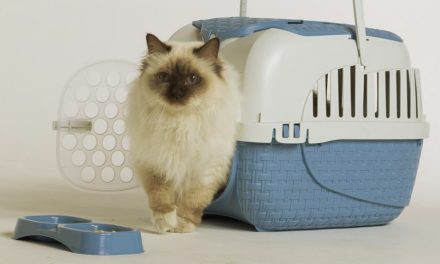When you bring your dog to veterinary for a visit ( even only for vaccination), verify that genitals are examined too.
The first visit of a puppy serves to ascertain that the external organs, vulva and nipples in females, penis and scrotum with testis in males) are of normal shape and sizes. In the following visits until the old age, the visit at genitals of dogs and cats will be fundamental to exclude cancer pathologies or endocrine disorders.
In this article take into consideration the scrotum and the testis in dogs.
The testis located in the scrotum should be present from the suggested aged of adoption, that is around the two months of life. The lack of one or both could depend on the race of the subject; the most affected ones are the Toy and the “ tea cup” , but within the 3 or 4 month (the maximum time when the definitive closure of the inguinal channel through which the testis go down to the scrotum) should be well touchable.
The lack of both is an exceptional event, while more easily we can find the one of only 1 testicle ( it is often the right one to miss) “monorchidism” . This defect is known like “ criptorchidism”, from the Greek kruptos ( to hide) and it is linked to the presence of a recessive gene coming from mother. For this reason the transmitters of this defect should be excluded by the mating.
How does it happen at genetic level? During the embryonic phase the testis are in the same point where also the ovary will appear in females. It will be only for the male hormones that the testis will go down in a kind of “ guided descent” to the scrotum. They will go through a kind of “ ring “ that will close itself to avoid dangerous passages in the abdominal cavity.
Often the missing testicle in the subject affected by monorchidism can be touched in the inguinal area, or on side of the penis or in the most serious cases completely hidden in the abdomen.
In the first two cases, you can submit the subject to a surgical intervention of anchorage to the scrotum called “ orchidopessi”. However it is not a very correct procedure due to the hereditary character.
The use of male hormones to make it go down independently is never suggested because of the serious collateral effect that could occur.
The best solution, above all when the monorchidism is in the abdomen, is always the surgical procedure: we make an exploratory laparotomy after an ultrasound to highlight the correct position of the testicle.
A testicle kept in the abdomen will go into atrophy and it will never produce sperms, but above all it will be affected by cancer forms.
The testicle remained will produce however sperms, but it be a good rule to remove it, proceeding with an intelligent work of sterilization ( we have talked about that just here).
I also remind that it is possible to give back the puppy affected by monorchidism directly to the breeder because it is considered a “ redhibitory defect”.
A correct breeder will always inform the owner about the defect of that subject who will not be able either to take part to the race shows or to procreate, it “ should” have a lower price than the other puppies.











